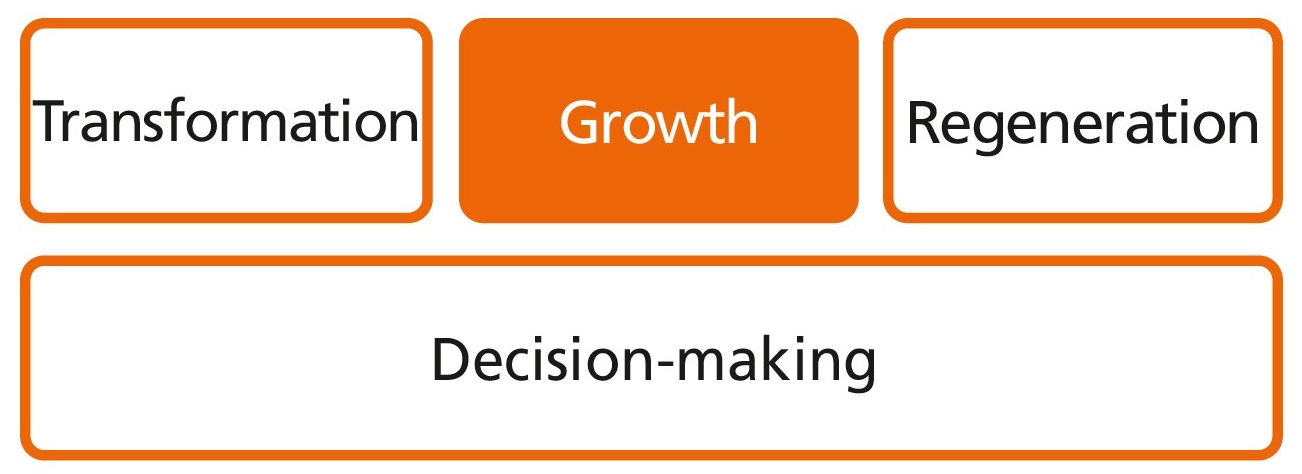Where is this use of data already being applied?
Data analytics help the Real retail chain to highlight previously unknown sales hits. This allows products with higher sales, so-called top sellers, to be better identified and the assortment to be geared to them.
The start-up Busnetworx manages trip details such as start, end, vehicle type and number, intermediate points, idle times, assignment data, traffic data for bus companies. Based on this, preference, profiles can be created and the offer optimized.
The consumer good company Procter & Gamble collects current data on the usage behavior of its customers via IoT devices. This information is then used to better adapt its own product range to customer preferences.
The media company Netflix collects data on the usage behavior of its customers. The aim is to estimate how successful a film will be and to adapt its own range accordingly. For example, the rights to the series House of Cards were acquired on the basis of a data analysis. Among other things, the high number of Netflix users accessing the film The Social Network influenced this decision. David Fincher directed both offerings. At the same time, films starring Kevin Spacey, who also starred in House of Cards, saw high hits.



